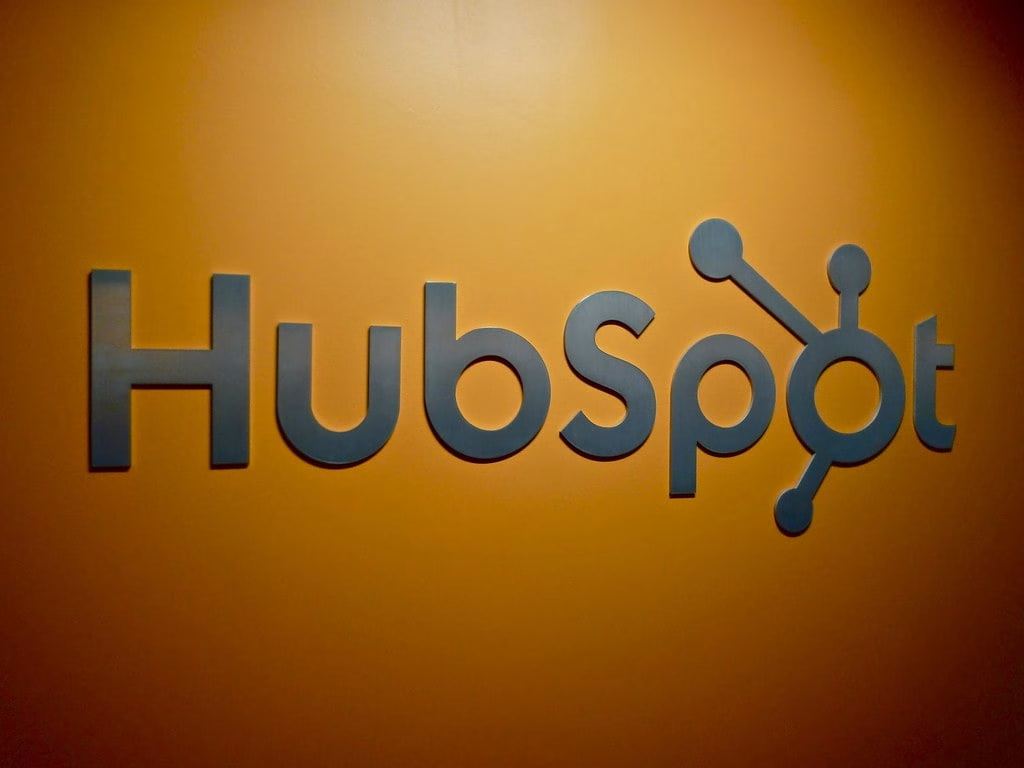HubSpot remains one of the leading platforms for building dynamic, professional websites, thanks to its powerful CMS and integration-friendly ecosystem. In 2025, HubSpot’s updates and enhancements have made it easier than ever to create a website that is fast, secure, and tailored to your business needs. This guide walks you through the key steps and best practices for building a website in HubSpot in 2025.
Get Started with HubSpot CMS
Choose the Right HubSpot Plan
HubSpot offers several CMS plans, from free versions to enterprise-level subscriptions. Evaluate your business needs and select a plan that supports the scale and complexity of your website.
- Free CMS: Great for small businesses or personal projects.
- CMS Hub Professional: Ideal for growing businesses needing SEO tools, dynamic content, and advanced reporting.
- CMS Hub Enterprise: Best for large organizations with advanced security and scalability requirements.
Set Up Your HubSpot Account
Sign up for a HubSpot account, then access the CMS Hub from the dashboard. Configure your business details, domain settings, and team permissions.
Plan Your Website Structure
Map Out Your Pages
Identify the core pages your website needs, such as:
- Home Page
- About Us
- Services/Products
- Blog
- Contact Us
Use HubSpot’s sitemap tool to organize your pages logically for optimal user experience.
Define Goals for Each Page
Set specific objectives, such as lead generation, conversions, or brand awareness. HubSpot’s analytics tools will help you track these goals post-launch.
Design Your Website
Choose a Theme
HubSpot offers pre-designed themes that are mobile-responsive and easy to customize. Browse the HubSpot Marketplace to find a theme that aligns with your brand.
Customize Using the Drag-and-Drop Editor
HubSpot’s intuitive drag-and-drop editor lets you:
- Add and arrange modules like text, images, videos, and forms.
- Customize colors, fonts, and layouts to match your branding.
- Preview your design in real-time on desktop and mobile.
Leverage Dynamic Content
Use HubSpot’s smart content feature to personalize your website for different audience segments, boosting engagement and conversions.
Add Functionality and Content
Integrate HubSpot Tools
Maximize your website’s functionality with built-in tools like:
- Forms and CTAs: Capture leads and drive conversions.
- CRM Integration: Sync your website with HubSpot’s CRM to track user interactions.
- SEO Recommendations: Use HubSpot’s on-page SEO tips to optimize your content.
Create Engaging Content
Develop high-quality content for your pages and blog posts. Use HubSpot’s content editor to:
- Optimize headings, keywords, and meta descriptions.
- Include visuals and multimedia for added engagement.
Optimize for Performance and Launch
Test Your Website
Before going live, thoroughly test your site:
- Check for broken links.
- Verify mobile responsiveness.
- Use HubSpot’s built-in performance testing tools to ensure fast loading speeds.
Set Up Analytics
Integrate Google Analytics or rely on HubSpot’s native analytics to monitor traffic, user behavior, and conversion rates.
Launch with Confidence
Publish your website and announce the launch through email marketing, social media, or a dedicated campaign within HubSpot.
Keep Your Website Updated
Use HubSpot’s Ongoing Updates
HubSpot frequently releases new features, such as:
- Enhanced AI tools for content creation and design.
- Improved integrations with third-party platforms.
- Advanced reporting capabilities.
Analyze and Optimize
Regularly review analytics and adjust your content, CTAs, and layouts based on performance data.
Final Thoughts
Building a website in HubSpot in 2025 is a seamless process thanks to its user-friendly tools, powerful integrations, and AI-driven updates. Whether you’re launching a new site or revamping an existing one, HubSpot CMS ensures a professional and scalable solution for your business needs.
Ready to build your HubSpot website?
Contact us today for expert guidance and support on leveraging HubSpot’s full potential.
